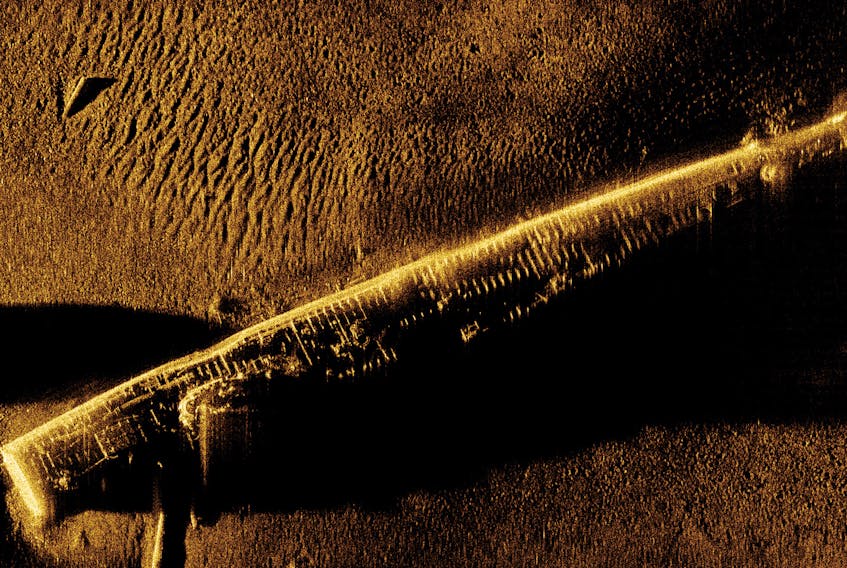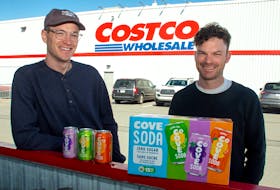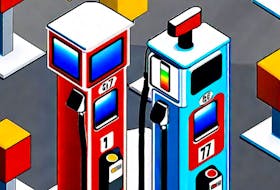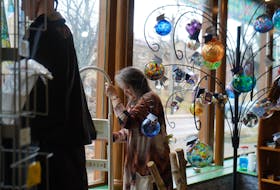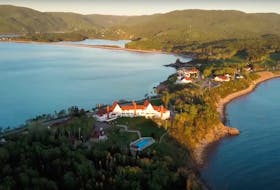“The theory is if we can work together in new ways and we can build solutions that apply to more than one sector at the same time, we can scale businesses faster and we can be more globally relevant.”
- Kendra MacDonald, CEO of Canada’s Ocean Supercluster
On a February day in 2018, federal Innovation Minister Navdeep Bains made a pitch: A made-in-Canada Silicon Valley that would create thousands of jobs and usher in an unprecedented era of innovation and progress.
Five groups would be part of the nearly $1-billion supercluster program, aimed at growing the economy by $50 billion and creating 50,000 jobs over a decade.
Among the so-called superclusters announced on that winter day was an Atlantic Canada-based ocean group – an industry-led collaboration of businesses in the fisheries, aquaculture, oil and gas, defence, shipbuilding, transportation and marine renewable energy sectors.
Supporters called Ottawa’s flagship innovation funding a “game changer,” saying it would kick-start the underperforming ocean economy and increase co-operation between government, industry and universities.
Critics opined that the massive investment could turn into a boondoggle, saying the subsidies to businesses amounted to corporate welfare.
So far, it appears as though measuring the success of the superclusters will require a wait-and-see approach, as projects start to roll out across the country.
Canada's Ocean Supercluster

Kendra MacDonald, CEO of Canada’s Ocean Supercluster, said the group has been busy laying the groundwork to hit ambitious targets – doubling the number of ocean start-ups in five years while creating 3,000 jobs and adding $14 billion to the economy in a decade.
“A lot of our activity in year one was really getting up and running and putting all the strategies and membership agreements in place,” said MacDonald, who became CEO in Oct. 2018.
“In the last five or six months, we’ve really turned to operations with our first project announcement back in June.”
The OceanVision project – a three-year, $20 million undertaking led by Kraken Robotics – was a milestone for the supercluster.
Enter the Kraken
ThunderFish AUV out for a swim today @COVE_Ocean pic.twitter.com/fEtuVVogCW
— Kraken Robotics (@KrakenRobotics) July 30, 2019
The St. John’s-based company partnered with Petroleum Research Newfoundland and Labrador, Ocean Choice International, the Nunavut Fisheries Association, Clearwater Seafoods, and a number of small and medium-sized companies on the project.
The consortium plans to develop new marine technologies to enable underwater robotics data acquisition and data analytics.
MacDonald said a number of project proposals are currently being reviewed, and more projects are expected to be announced in the coming months.
The ocean supercluster has a total of $153 million in federal funding, which will be matched dollar-for-dollar by the private sector.
MacDonald said the idea is to encourage innovation investment through government matching. She said the supercluster is starting to change how industry, academia and government think.
This video shows some images and video captured by Kraken products for the NOAA:
“The implications go far beyond the dollars because it's bringing the country’s ocean sectors together in a new way,” she said. “It's changing the conversation and bringing companies together that have never spoken before.”
MacDonald added: “The theory is if we can work together in new ways and we can build solutions that apply to more than one sector at the same time, we can scale businesses faster and we can be more globally relevant.”
Fish like a Norwegian

While the word “supercluster” may sound like government jargon to some, the idea of a business cluster was first coined in 1990 to refer to a concentration of connected businesses and institutions.
Indeed, Silicon Valley has set the benchmark for successful clusters. The high-tech hub, centered around Stanford University and stretching from San Francisco to San Jose, is home to some of the world’s biggest software and electronics firms.
While it may be a stretch for some to imagine Canada’s ocean sector becoming the next Silicon Valley, a member of the ocean supercluster’s board of directors said the industry could learn a lot from Norway.
The Nordic country has a population of just over five million people, but its ocean economy is nearly seven times the size of Canada’s with a 50 per cent higher GDP per capita.
“We look at Norway and how amazing their ocean economy is and yet they're very similar to us,” said Jennifer O’Donnell, also executive director of BioNB, a Fredericton, N.B.,-based non-profit bioscience organization.
“They don't have more people or a better ocean … but for some reason they've been able to lift the ocean economy here,” she said, noting that Canada’s ocean economy needs a kickstart.
“We need to jump ahead on the innovation continuum,” O’Donnell said. “We need to partner with others that we wouldn't normally know. The cluster is about is about bringing people together to collaborate on developing new technologies.”
RELATED:

